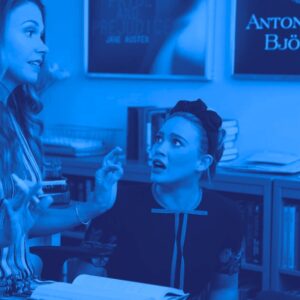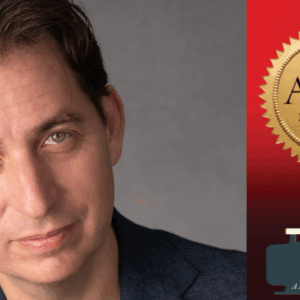
“Ask certain questions and decline to answer them.” George Saunders on the job of a short story.
In his new short story “The Mom of Bold Action,” published in the coming issue of The New Yorker, George Saunders both satirizes and humanizes (what’s the difference, if the satire is good?) a mother who, after her son is pushed by a homeless man, takes “justice” into her own hands, to ultimately useless ends. In an accompanying interview with Deborah Treisman, Saunders explained why he took on the topic—and how short stories should avoid easy answers:
The story revolves around the question of justice: What punishment is fair when a mentally ill older man pushes a kid over? A push for a push? A blow to the kneecap to deter further pushing? Letting him go, out of sympathy with the challenges he’s faced in life?
Right, those are the questions I was trying to get the story to ask. I think it might be the job of a short story to do just that—ask certain questions and decline to answer them, buttressing both sides so that the questions become more complex. The reader is put in the position of being rebuffed when she tries to come to some neat moral conclusion. I think there’s value in that. When I’m reading a story that works in this way, it makes me see how quickly I, in real life, shut down my mind and decide too soon . . .
I think it’s also important to remember that all excesses come from somewhere. Whatever irrational or evil act we observe likely felt reasonable, even virtuous, to the person who did it . . . I think any of us could become such a person under the right (wrong) conditions. Otherwise, history is just a bunch of inexcusable things being done by morons who were nothing like us. And there’s nowhere to go with that.
Even though Saunders’s characters are often comical, dogmatic, and limited in their thinking, the thought loops that cause them to act harmfully are familiar ones, stemming from familiar and even reasonable impulses. It’s on purpose; in order to “rebuff . . . a neat moral conclusion,” as he puts it, Saunders puts himself into even his most wrongheaded characters. “The biggest thing is to try to keep loving them,” Saunders said, “and one way I do that is to give them thoughts and memories and actions from my own life.”
Walker Caplan
Walker Caplan is a Staff Writer at Lit Hub and a writer/performer from Seattle.



















